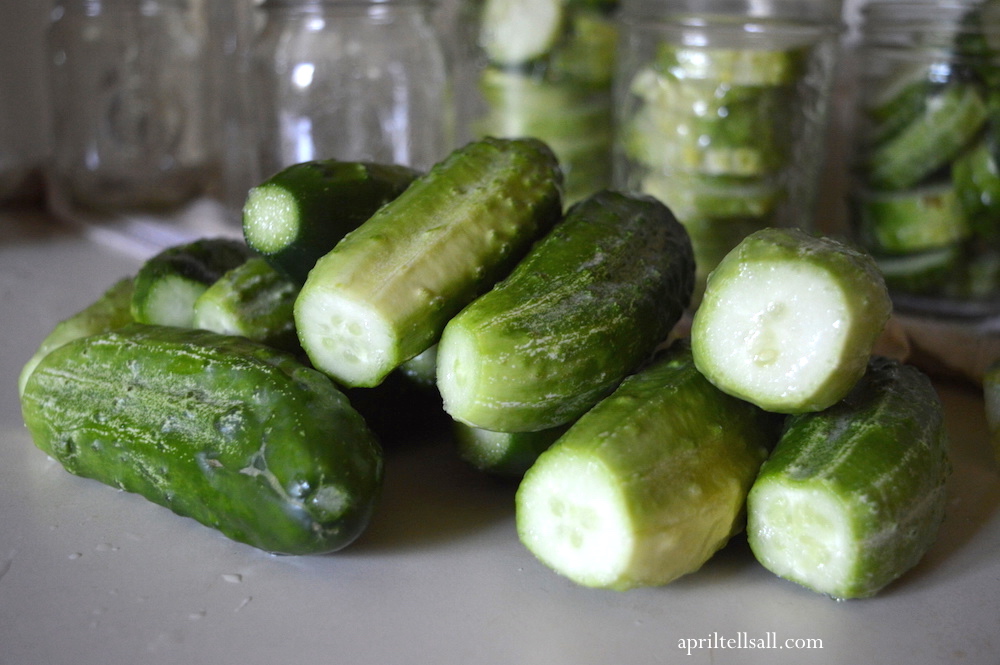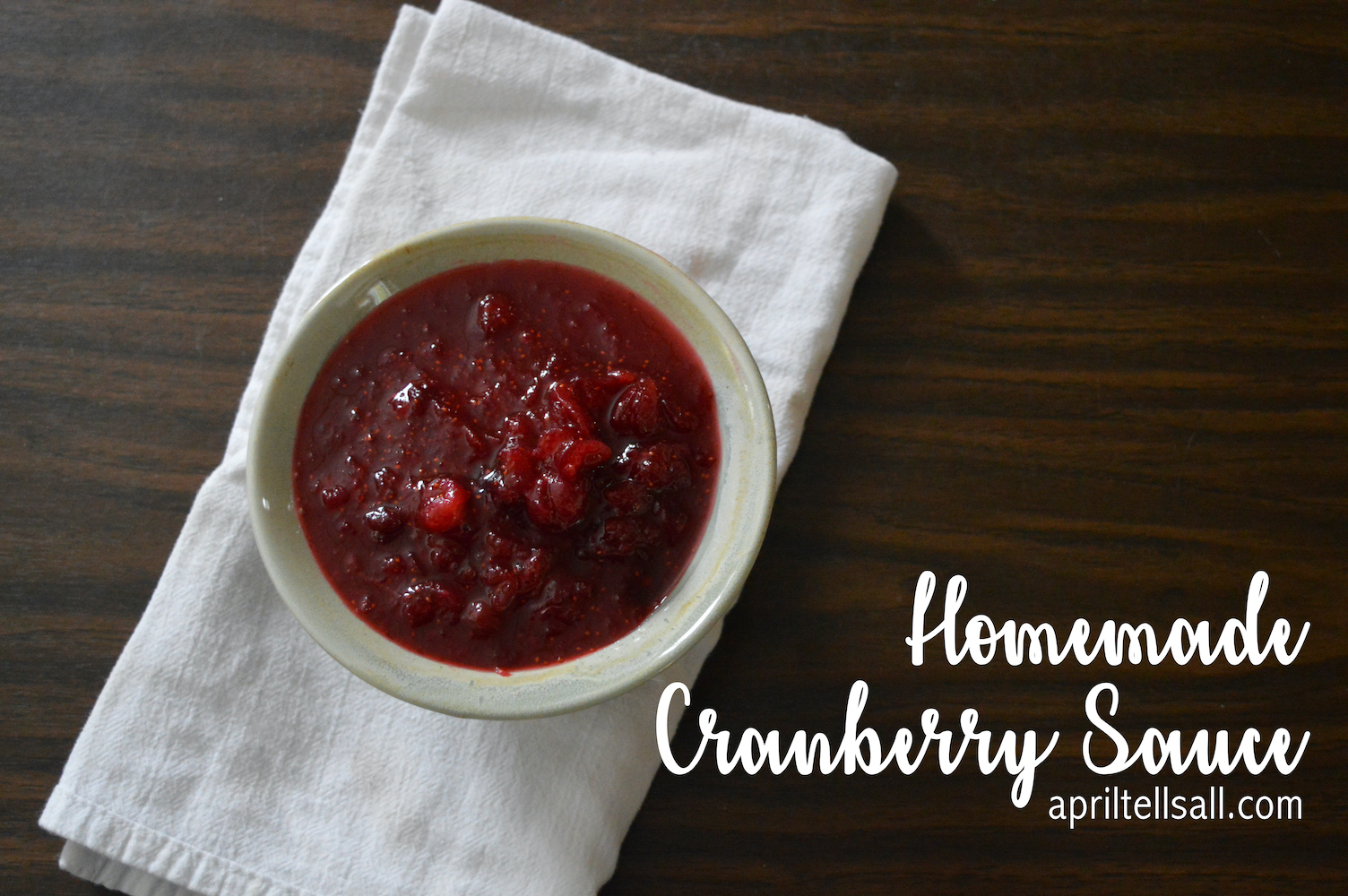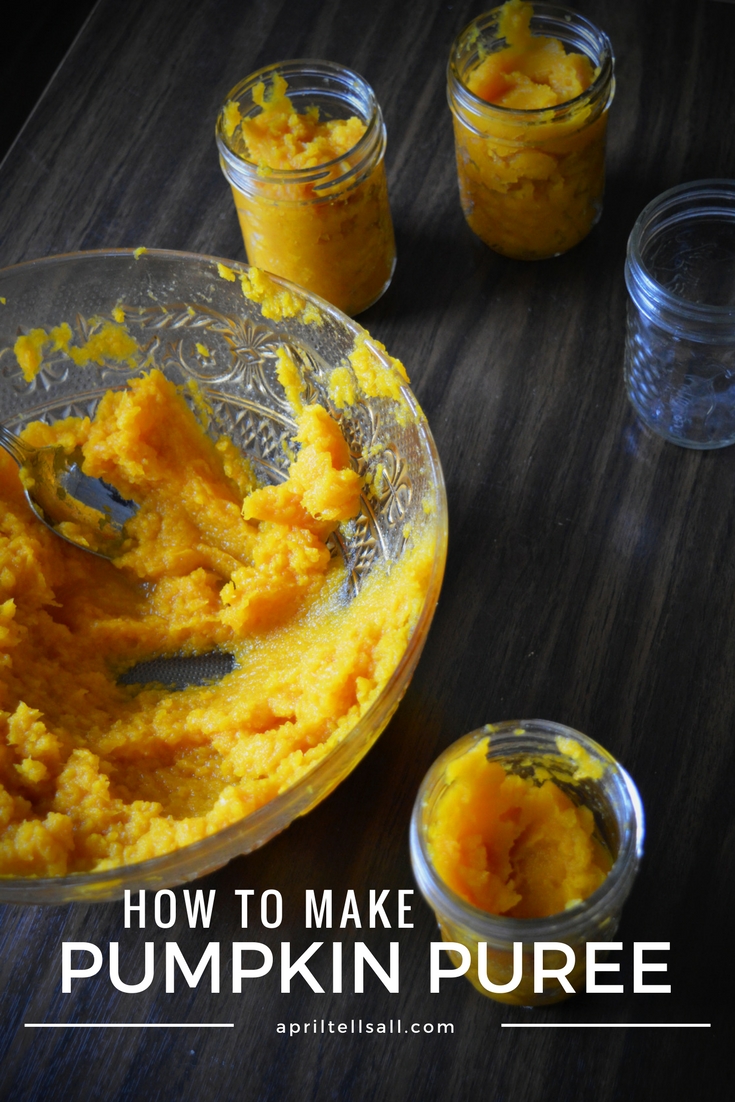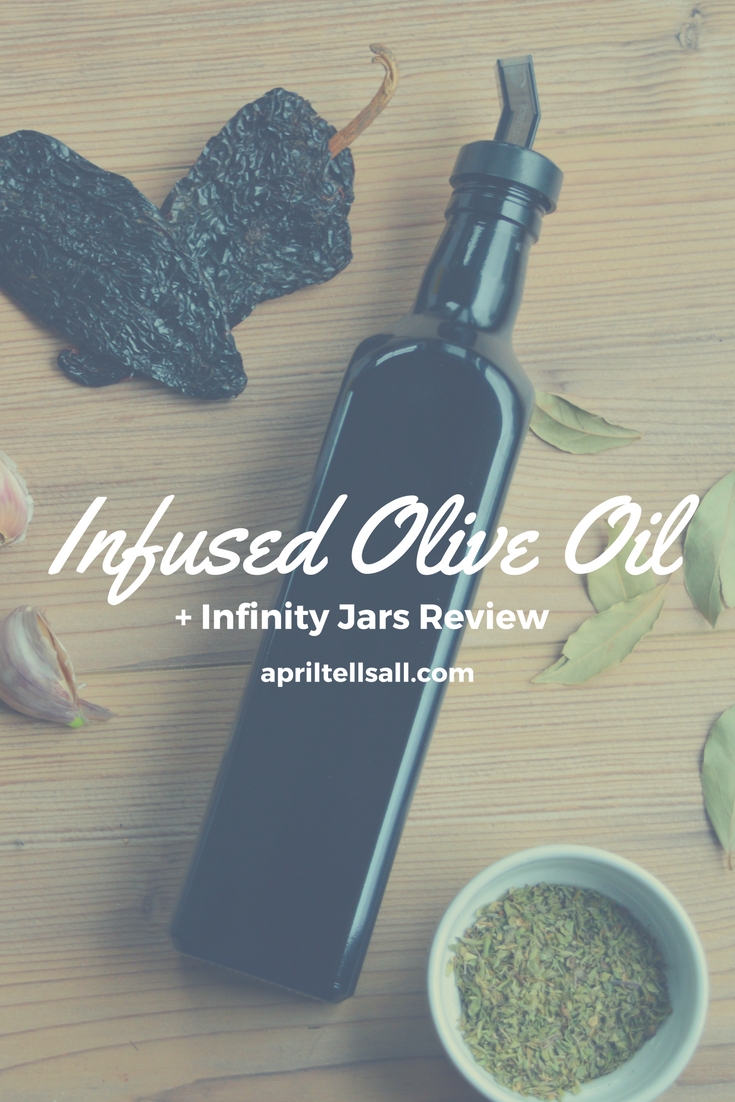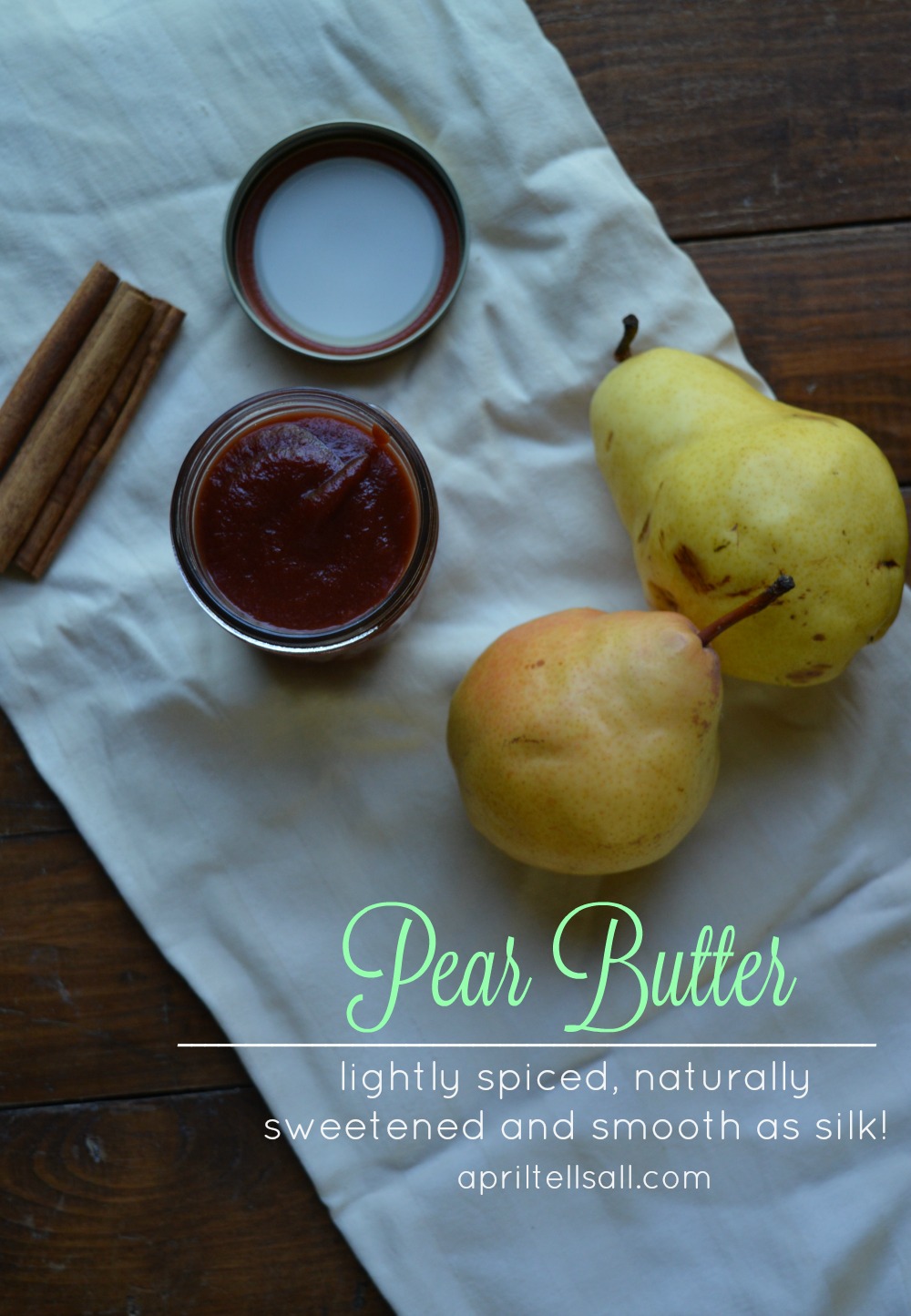Oh hey there! How has your summer been? Have you had a chance to relax? Visit with family and friends? Do any of your much loved summer activities?
It’s been a busy 4 weeks on the farm. The hustle and bustle of summer has carried us through a whirlwind and here I am, sitting in the sunlight on a cool August morning. While our work load certainly hasn’t slowed down much, I can feel the earth slowing down. It’s like nature is taking a giant sigh and letting loose all manners of wildflowers, cooler evenings, less bugs, and the calm that comes with Autumn.
However, the garden is not this way, and so trudge on I shall. While I’m still waiting for my tomatoes to ripen, the cucumbers have been keeping me quite busy.
This is that wonderful time of year where the garden draws me in. I don’t even notice it happening most of that time. One minute I’m being a productive member of society and the next minute I’m lost in the tomatoes or hunting for pumpkins. I have learned not to fight it. Instead I put my basket on my arm, grab my camera and meander. I breathe, I take it in, I stick my fingers in the dirt, and walk around barefoot. Because winter shall be here soon.
And in winter girlfriend is going to still yearn for the garden goodness. So persevere, can, freeze, and put up we shall.
Shall seems to be the word of the day. Please just roll with it.
I had no hope for my cucumbers this year. We planted in May and it promptly stopped raining. In our move last summer we somehow lost our sprinkler, and it took us an enormously long time to buy a replacement. Evenings were spent out in the garden with the hose, doing the mosquito dance, and hoping everything got an adequate drink. So the fact that we are drowning in cucumbers is surprising and fulfilling.
Fresh cukes today, pickled cukes for January.
This is how I do them. I promise this is the easiest way to make pickles, hands down. No mess, no fuss, no heating up your kitchen with canners and boiled vinegar. 5 minutes and boom – we done.
Salt Brined Pickles
You Will Need:
pickling cucumbers – as many or as few as you want
kosher salt
pickling spice (optional)
dill weed (optional)
garlic (optional)
bay leaves (optional)
onions (optional)
grape leaves or cabbage leaves
[wp_ad_camp_1]
Directions
- Use the freshest cucumbers you can find. I take mine right from the garden to the kitchen and turn them into pickles in 5 minutes. The fresher the cucumber the more crisp the cucumber and thus the more crisp the pickle. Don’t use any cukes that are squishy, turning yellow, or that have bites or marks in them. Only the best gets to go into the brine!
q
q
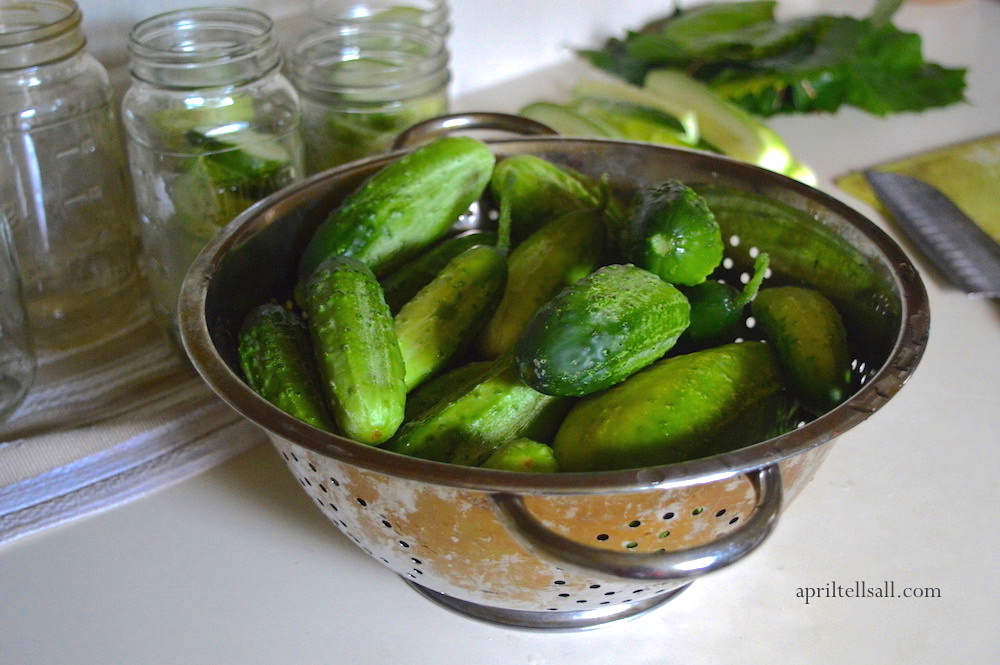
q
q - Wash and scrub your cucumbers in cold water. Be sure to remove all dirt and debris. I also trim off any of the stem that is still on the cucumber, and remove the blossom end. There is an enzyme in the blossom end that aids in the decomposition of the cucumber. This can make your pickles mushy, so best to cut it off.
q
q
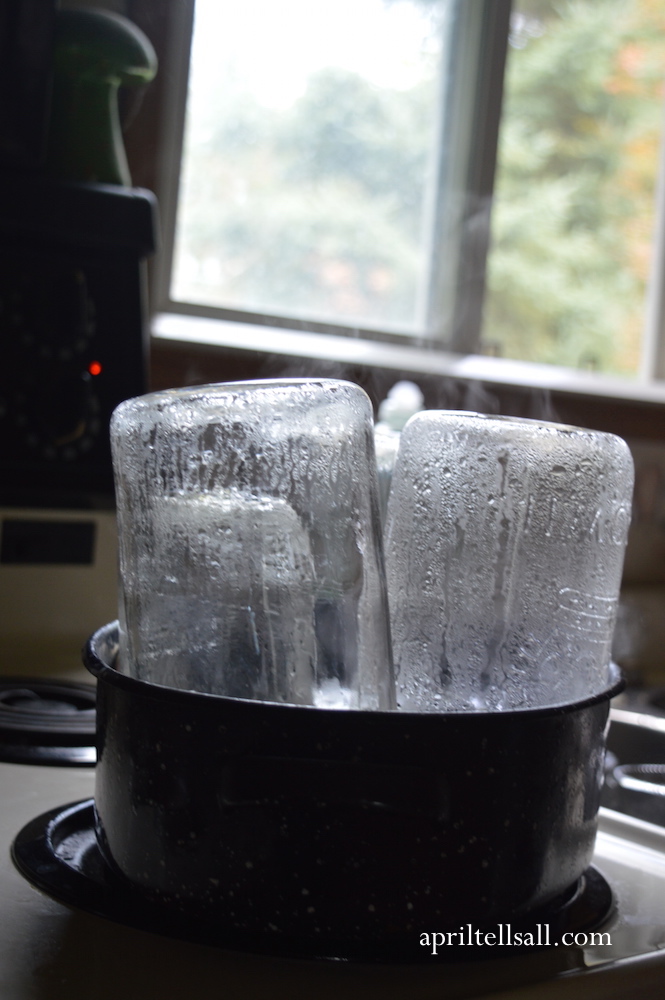
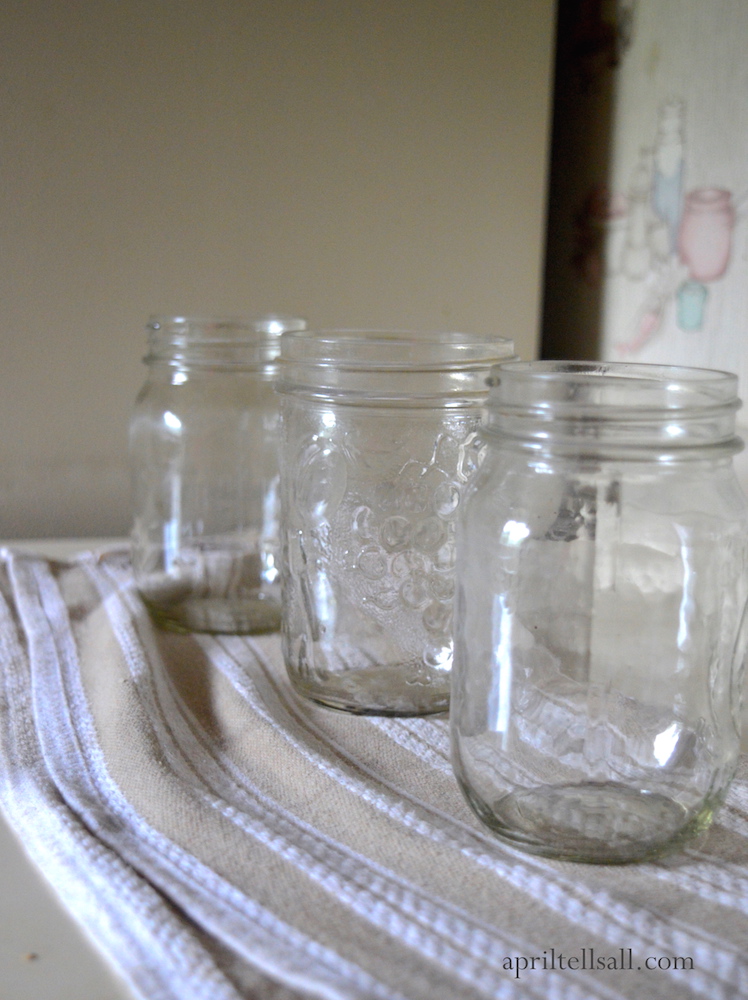
qq - Sterilize your jars and have them ready to go. Quarts work well for wedges or whole, I like pints for rounds. I sterilize my jars by putting them in boiling water on my stove for 5 minutes. If you have a dishwasher you can just use that.
Q
Q - If the cucumbers are a bit big you can slice into wedges or rounds. Smaller cukes you can leave whole. They’re your pickles, make them the way you want, man.
q
q

q
Q - Pack the jars tightly with the cucumbers. If you are adding any dill weed, garlic, bay leaves, or onion pack that in there too. I know this isn’t precise but there is no wrong way to do it.
Q
Q - In a quart jar combine 2 tablespoons of kosher salt and 1 teaspoon of pickling spice (if you’re using pickling spice. It’s not mandatory). Fill the jar with filtered water, and stir well to dissolve the salt. Pour the brine over the cucumbers packed in jars leaving about an inch of head space. Remake the brine as needed.
Q
q
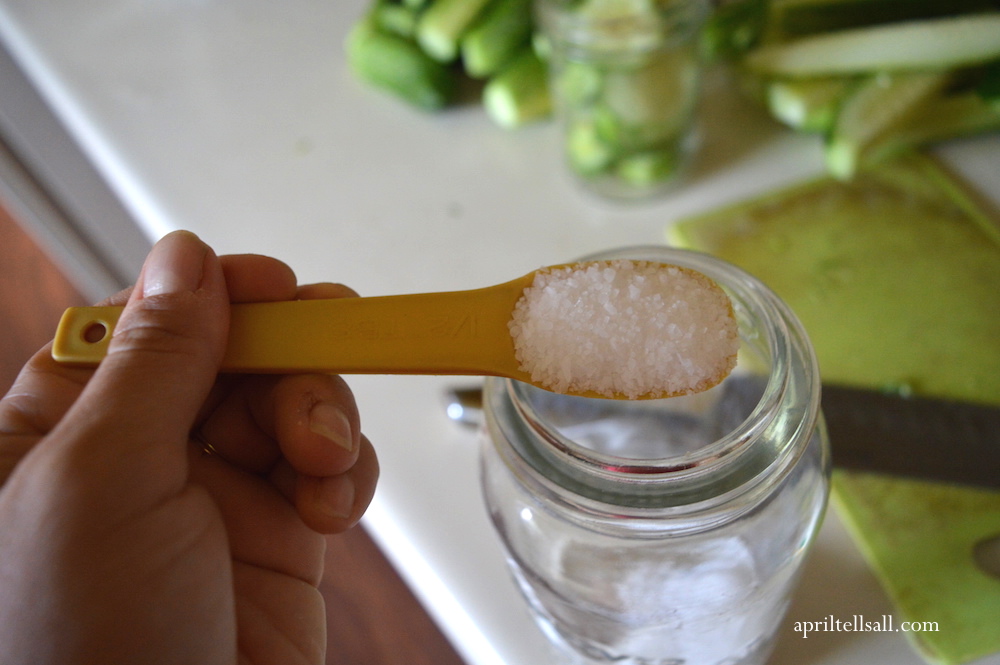
q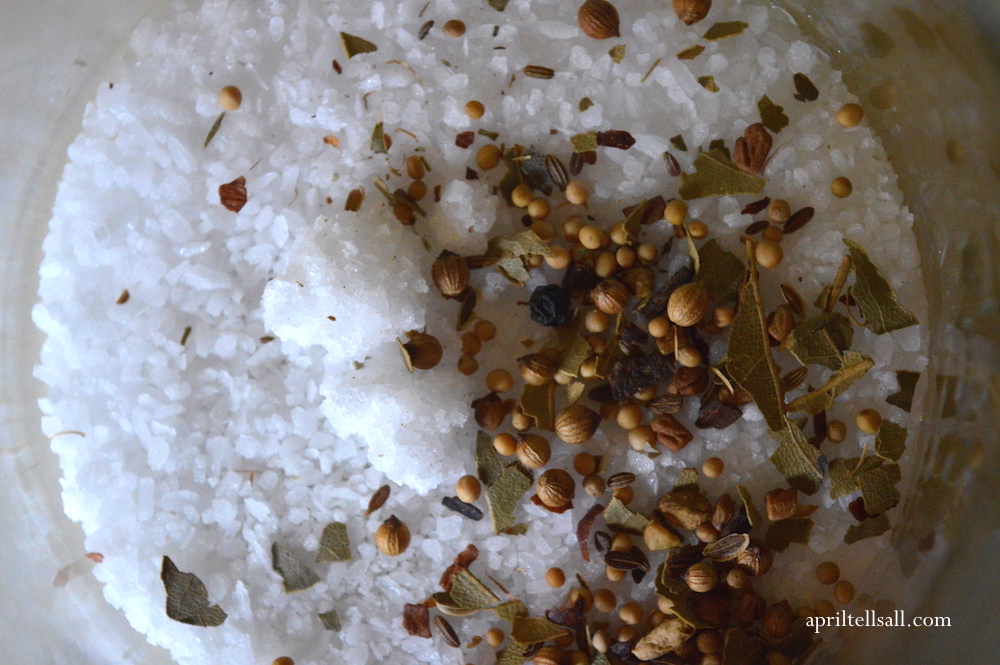
See isn’t this simple? We’re almost done!
q - Layer a grape leaf or cabbage leaf over the cucumbers to keep them submerged. Grape leaves are full of tannins which helps keep pickles crisp, if you can find them I highly recommend. The key to laco-fermentation is to keep everything under the brine. As long as it stays submerged it won’t mold, and you get to enjoy probiotic rich foods. Feed the gut! A leaf or two on top is likely to get a touch fuzzy, but it will hold the cucumbers under the brine where the mold can’t grow. Once the grape leaf or cabbage leaf is in place pour a touch more brine over top to cover it.
q
q
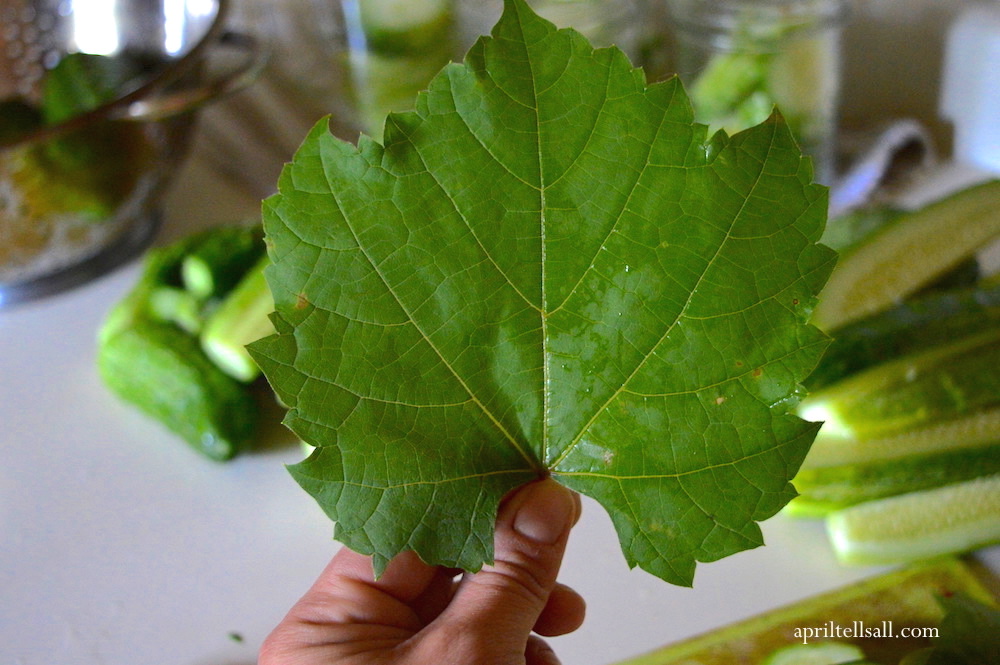 q
q q
q - Cover with a sterilized canning lid. Let sit at room temperature for 3-6 days on your counter. Be sure to check the lids several times a day to see if the jars need to be “burped”. If you can press the lid down they’re fine, if not loosen the ring a bit to let the pressure out, then tighten back up. If you have those fancy fermentation lids you can skip this step. After 2 days be sure to check for mold and top up with brine as needed. (again unless you have those fancy fermentation lids that hold everything under the brine. Someday I shall get some but for today this works!)
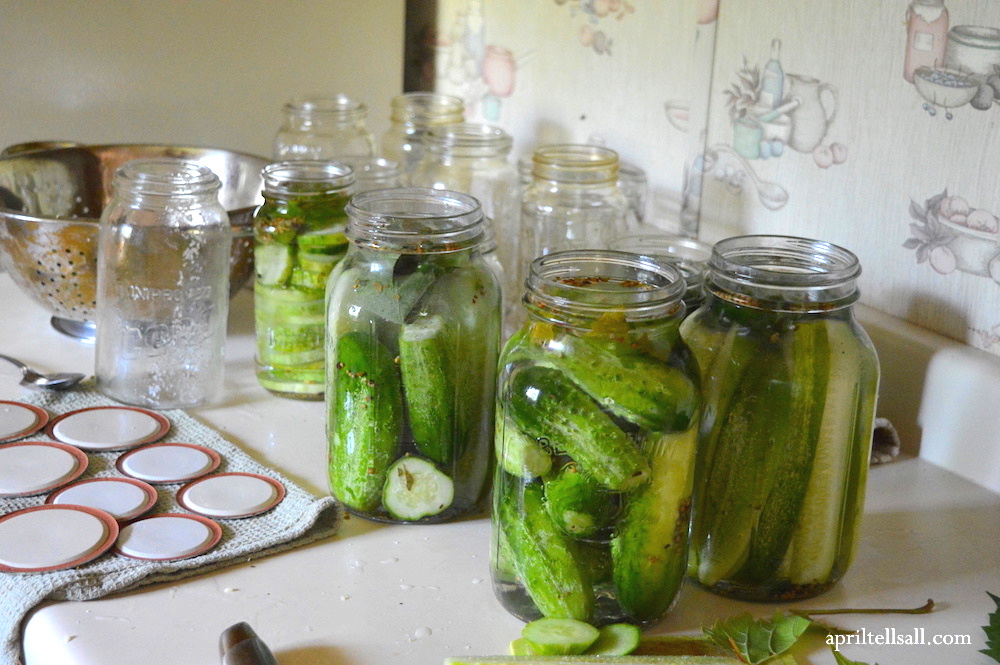 Q
Q - On day 3 I checked all the jars, and pulled most of the grape leaves, that hadn’t stayed submerged, off. The great thing about this was the cukes themselves stayed submerged so there was no damage to the real product. I put those jars in the fridge for cold storage. While letting the others ferment a few more days, before also moving them to cold storage. They should last several months in your fridge. I don’t recommend processing them as that will kill all the wonderful probiotics we just sent several days growing. If storage is a problem you can freeze them in ziplock bags to take out as needed.
Q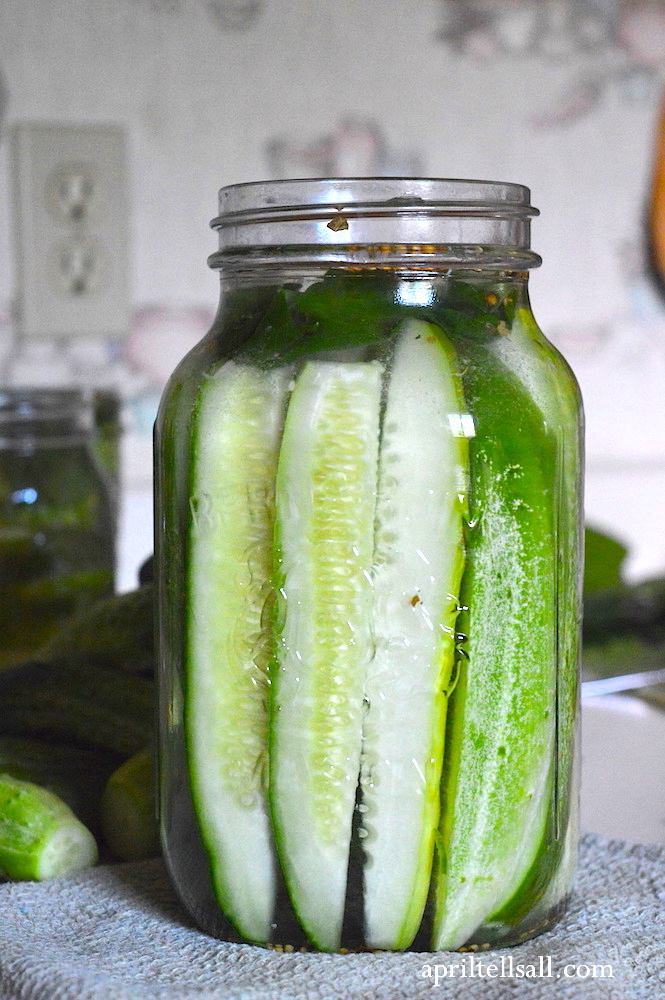
That’s it. Salt brined pickles straight from the garden to the jar. Probitioic goodness and a taste of summer to be enjoyed through the winter. All good things.
Enjoy.

![Salt Brine Pickles [no fancy equipment needed]](https://apriltellsall.com/wp-content/uploads/2018/08/SaltBrinePicklestitle.jpg)
